MetaSensing adds a state-of-the-art operational multimode Synthetic Aperture Radar (SAR) ground processor for satellite SAR sensors to its family of space products.
The SAR Processor, called MSSP after MetaSensing SAR Processor, is developed entirely inhouse by MetaSensing within the framework of their space activities which also includes the development of the high-resolution multimode phased-array X-band SAR payload (StarSAR-X), a realistic SAR simulator to generate training datasets for AI and database for Automatic Target Recognition (KAISAR) and an Electronic Corner Reflector for satellite InSAR applications (ECR-C).
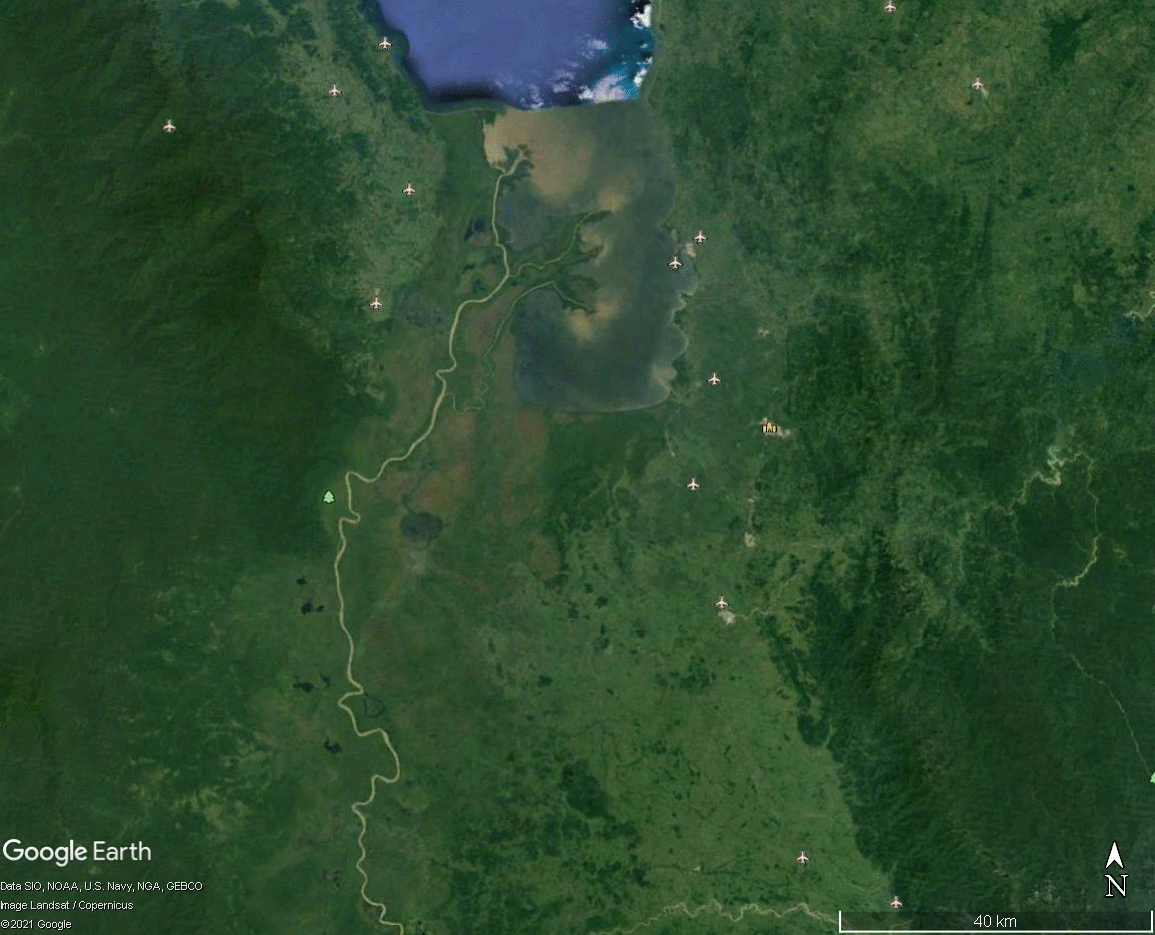
Fig 1 – SAR image generated by MetaSensing from ESA Sentinel-1 Level-0data
The operational ground SAR processor implements a highly precise Time Domain Back Projection (TDBP) algorithm accelerated by NVIDIA GPU technology, covering the full processing and calibration chain from raw data (Level-0) up to Level-1 SAR calibrated images.

Fig 2 – High Level data processing chain. The processor operations encircled in green are partially or fully accelerated by GPUs.
The TDBP implementation enables the operational use of the processor in the SAR Ground Segment of any satellite SAR mission independent of its frequency and acquisition modes. It is a customizable state-of-the-art and scalable solution for handling large amounts of data typical from spaceborne SAR missions in a processing facility. Alternatively, it can also be employed by other users, such as SAR data analytics companies, in a standalone configuration.
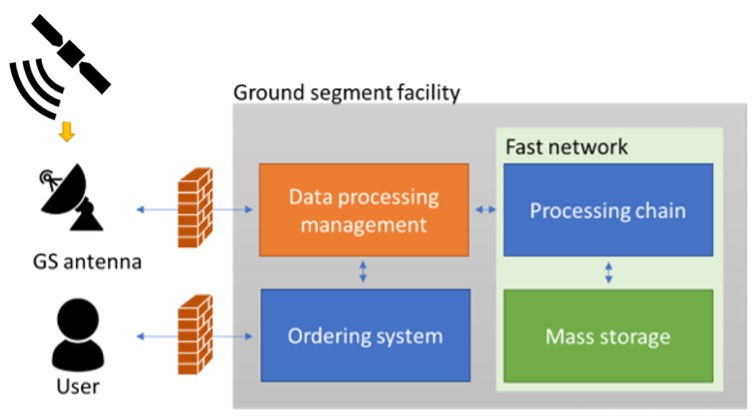
Fig 3 – Block diagram of Ground Segment facility
Our TDBP kernel combined with the exploitation of parallel computing through the use of NVIDIA GPU hardware delivers fully focused SAR images in just few minutes for all satellite acquisition modes: Stripmap, Spotlight, TopSAR, ScanSAR and high squint, providing high flexibility for every SAR mission. The processor has been designed with an emphasis on geometric and focusing accuracy, radiometric calibration, and phase preservation. The focusing algorithm allows to produce natively georeferenced imagery. Additionally, it is capable of focusing multiple images on a georeferenced grid with a common reference, yielding automatically a stack of co-registered images.
The main products generated by the SAR processor are:
• Single Look Complex / Slant Range
• Single Look Complex / Geocoded
• Multilooked Detected / Ellipsoid corrected
• Multilooked Detected / Terrain corrected
• Incidence Angle Mask
• Shadow/Layover Mask
• Terrain Heights Map
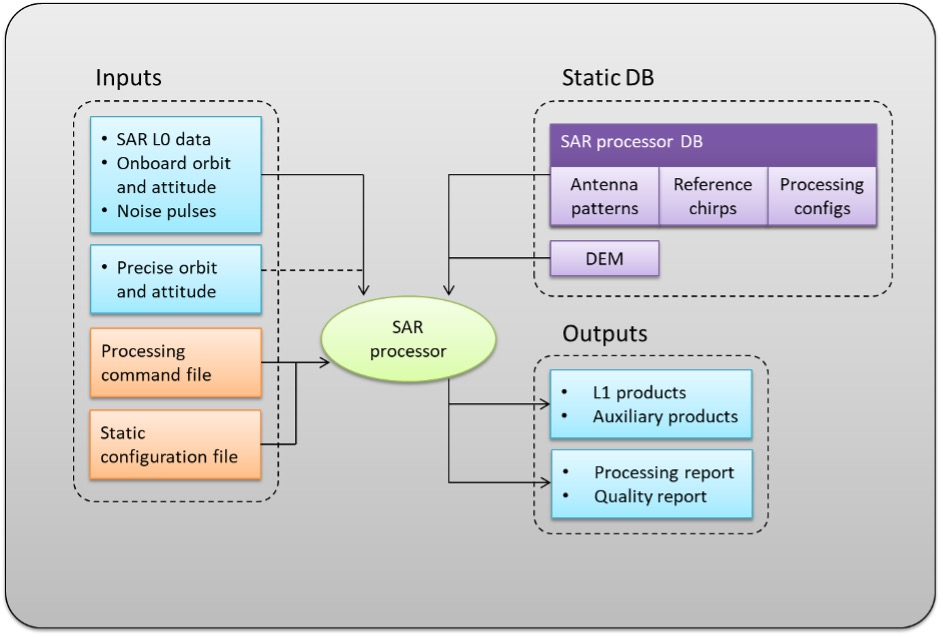
Fig. 4 – Input/Output and Static Database description.
The software is hardware-aware and able to automatically distribute tasks among any number of GPU devices present on the same machine to maximize parallelization, offering a solution that is fully scalable to the user’s needs.
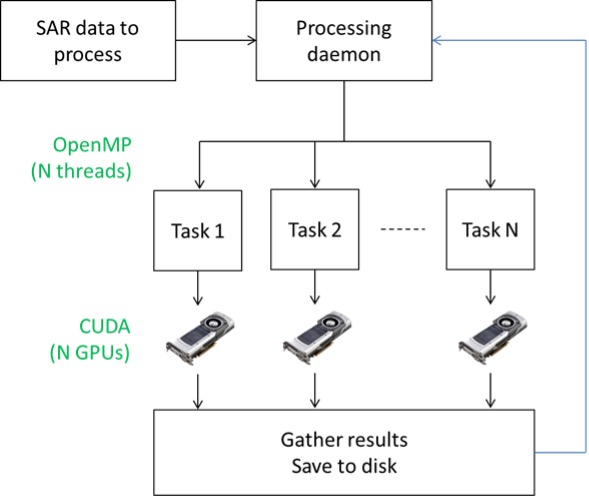
Fig. 5 – Diagram of the GPU parallelization implemented on the MSSP.
Currently the SAR Processor is being used with data from the European Space Agency Sentinel-1 satellites to function as benchmark for processing times and imagery quality.
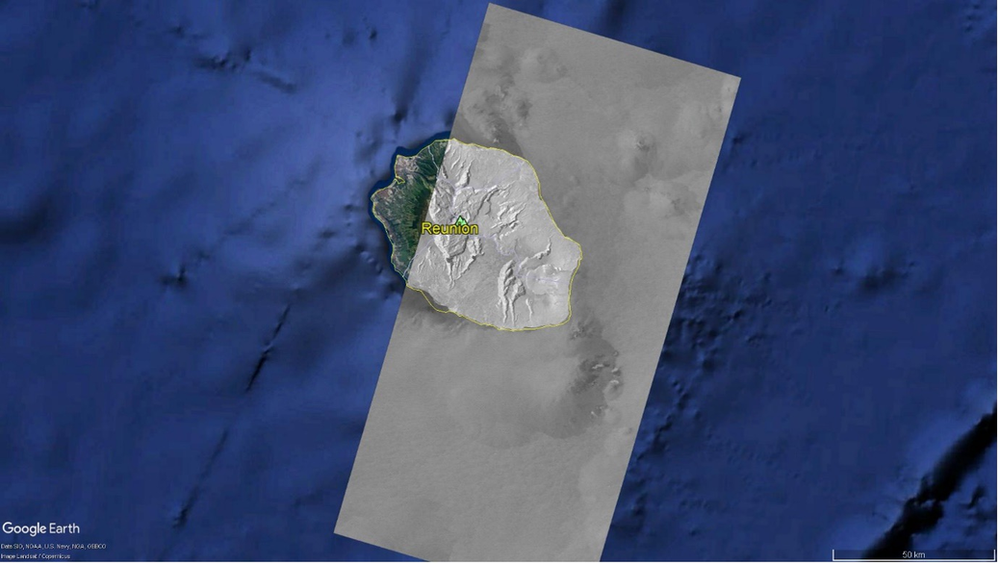

Fig. 6 – SAR image over Reunion Island processed by MetaSensing from Sentinel-1 Level-0 data
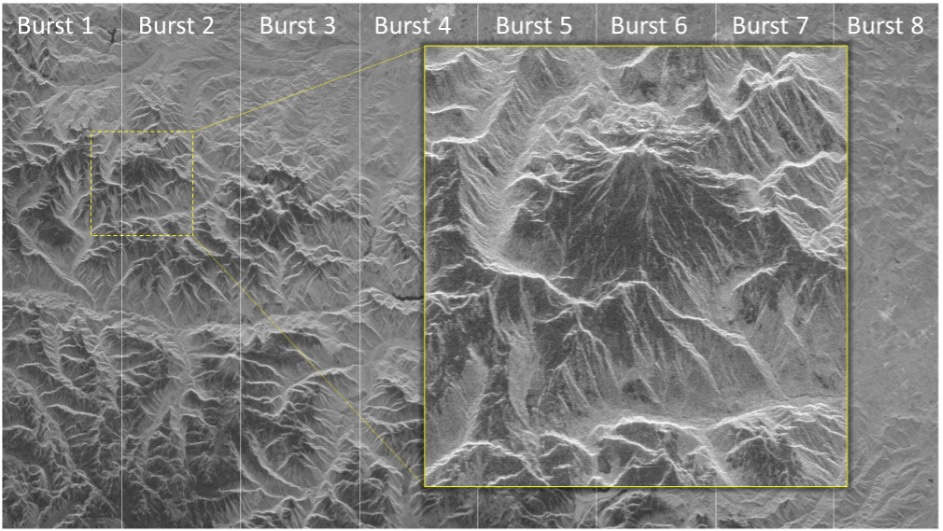
Fig. 7 – Example of SAR images focused by MetaSensing from Sentinel-1 Level-0 data
For more information please send an email to info@metasensing-1cke3mpofw.live-website.com
